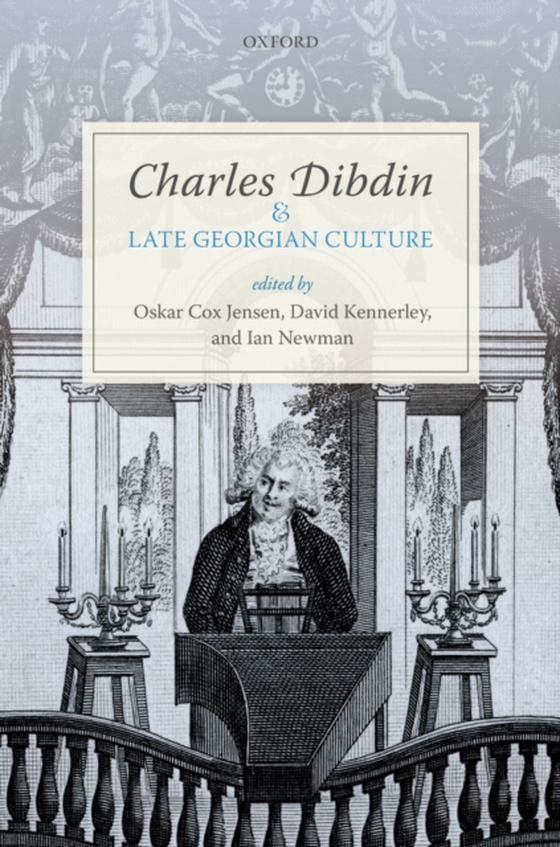
Charles Dibdin and Late Georgian Culture e-bog
729,17 DKK
(inkl. moms 911,46 DKK)
Charles Dibdin (1745-1814) was one of the most popular and influential creative forces in late Georgian Britain, producing a diversity of works that defy simple categorisation. He was an actor, lyricist, composer, singer-songwriter, comedian, theatre-manager, journalist, artist, music tutor, speculator, and author of novels, historical works, polemical pamphlets, and guides to musical education...
E-bog
729,17 DKK
Forlag
OUP Oxford
Udgivet
19 januar 2018
Længde
272 sider
Genrer
AN
Sprog
English
Format
pdf
Beskyttelse
LCP
ISBN
9780192540454
Charles Dibdin (1745-1814) was one of the most popular and influential creative forces in late Georgian Britain, producing a diversity of works that defy simple categorisation. He was an actor, lyricist, composer, singer-songwriter, comedian, theatre-manager, journalist, artist, music tutor, speculator, and author of novels, historical works, polemical pamphlets, and guides to musical education. This collection of essays illuminates the social and cultural conditionsthat made such a varied career possible, offering fresh insights into previously unexplored aspects of late Georgian culture, society, and politics. Tracing the transitions in the cultural economy from an eighteenth-century system of miscellany to a nineteenth-century regime of specialisation, Charles Dibdin and Late Georgian Culture illustrates the variety of Dibdin's cultural output as characteristic of late eighteenth-century entertainment, while also addressing the challenge mounted by a growing preoccupation with specialisation in the early nineteenth century. The chapters, written by some of the leading experts in their individual disciplines, examine Dibdin's extraordinarily wide-ranging career, spanning cultural spaces from the theatres at Drury Lane and Covent Garden, through Ranelagh Gardens, Sadler's Wells, and the Royal Circus, to singing on board ships and in elegant Regency parlours; from broadside ballads and graphic satires, to newspaper journalism, mezzotint etchings, painting, and decorative pottery. Together they demonstrate connectionsbetween forms of cultural production that have often been treated as distinct, and provide a model for a more integrated approach to the fabric of late Georgian cultural production.
 Dansk
Dansk

